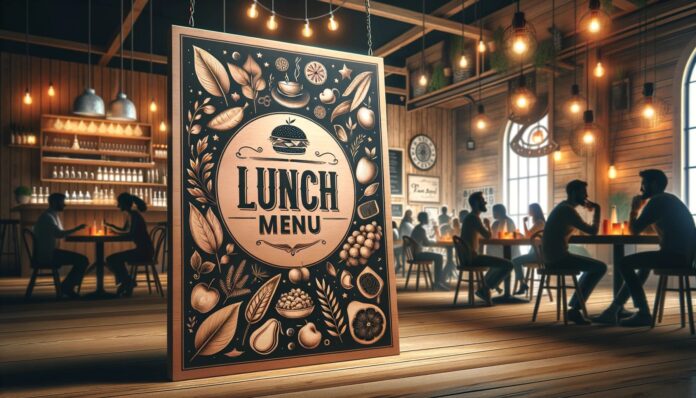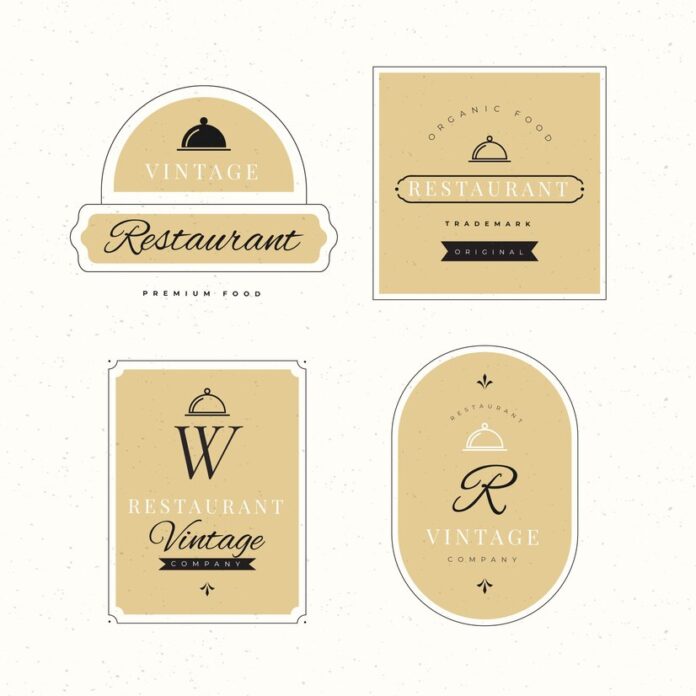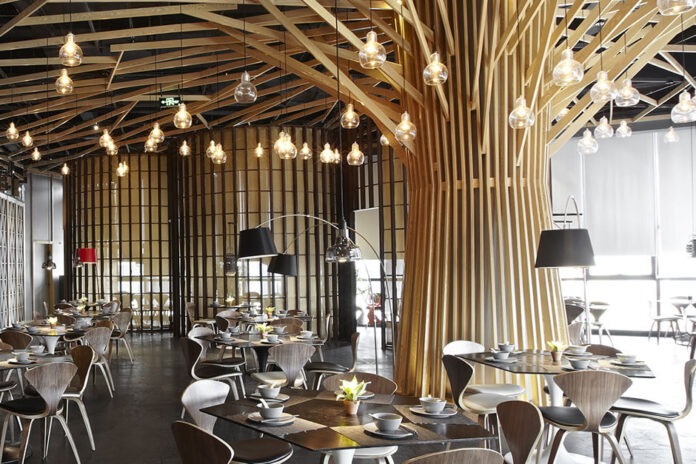Opening a restaurant can feel like juggling hot potatoes. My friend recently went down this path, and I got a firsthand look at all the surprises along the way—most of them having price tags.
I thought it would be easy: find a good spot, put up some tables, hire staff, and start flipping burgers. But no. As we found out, managing expenses on a lean budget takes serious planning and a lot of creative thinking.
So, here I am sharing some tips that can help keep your costs in check. Let’s keep things light and get right into it.
Key Points:
- Find equipment financing options.
- Buy used equipment to save money.
- Start with a minimal menu.
- Prioritize marketing within budget.
- Take advantage of seasonal ingredients.
Start with Equipment Financing


Equipment costs can turn any hopeful restaurant owner’s smile into a frown faster than a spoiled batch of dough. Brand-new commercial ovens, fridges, or even a humble coffee machine don’t come cheap; they have sticker prices that practically shout, “Think twice!” The good news?
You don’t have to buy them all upfront. My friend, who recently launched his place, discovered an effective workaround. Instead of emptying his savings, he turned to Liberty Capital for financing restaurant equipment.
This way, he didn’t have to part with a large sum at once, and he could invest in essentials without blowing his budget.
With financing, he had more cash available to cover other startup necessities like interior décor, quality ingredients, and staff. It was like a breathing room in a cramped kitchen. That small move created the flexibility he needed to get his place up and running smoothly without compromising on quality.
Buy Used—It’s Not as Bad as You Think
Sure, everyone wants shiny, new kitchen gear, but think about the savings you get with second hand equipment. My friend found a whole setup from a café that had shut down. He picked up almost-new items at a fraction of the price.
Plus, used doesn’t mean broken down. Look in classified ads, auction sites, or even restaurant supply stores with second hand sections.
A quick story: We got a solid dishwasher for him from an auction, and even though it looked like it had seen some action, it worked like a charm. Sometimes, a little dirt and scuff marks are just the seasoning of experience!
Narrow Down the Menu


One huge mistake I saw my friend almost make was trying to offer a full menu right off the bat. But creating 50 dishes means 50 sets of ingredients, each with their own cost. Limit your menu, focus on a few great dishes, and expand later. This way, you can control food costs and maintain quality.
Try Some DIY Décor
Restaurant décor doesn’t need to look like it came out of a designer catalog. The truth is, customers remember the vibe more than the paint.
We spent a weekend working on his place, adding some personal touches with handmade signs, a mix of old-school posters, and vintage furniture he found in a thrift store.
It all came together as a quirky, homey look. Use creativity, not cash, to make your place unique.
Embrace Seasonal Ingredients
You don’t have to be a Michelin chef to know that seasonal items are easier on the wallet. Out-of-season fruits and veggies come with a markup that’ll eat into your budget faster than you can say “fresh basil.” Adjust your menu to include ingredients that are in season. Not only does this save money, but it can also bring out flavors that customers love.
Prioritize Low-Budget Marketing


People need to know you exist, but not every business needs a billboard or expensive ad campaign. A simple Instagram page, some local posters, and a few well-timed social media posts can do wonders.
My friend hit the ground running by posting behind-the-scenes shots on Instagram. It built a sense of excitement, and before he knew it, he had a crowd waiting on opening day. Sometimes, a strong word-of-mouth strategy is all you need.
Keep Staffing Minimal at First
Hiring is one of the most expensive parts of opening a restaurant, and it’s not always possible to go big in the beginning. Start with a skeleton crew, and once you have a steady stream of customers, bring more people on board.
My friend worked double shifts for a while, covering everything from cooking to customer service. Hard work, yes, but it saved him a lot in staffing expenses during the startup phase.
Use a POS System to Track Expenses
Budgeting is not fun, but if you don’t know where the money’s going, it’s easy to lose control. My friend was initially skeptical about investing in a POS (point-of-sale) system, but it turned out to be one of his smartest choices. A good POS system lets you see what’s selling, track expenses, and plan more effectively for the future.
Don’t Fall for Expensive Brand Names


The temptation to go for well-known brands is real. But a lesser-known brand can get the job done for a lot less. There’s nothing worse than overspending on fancy plates or glasses only to realize the customers care more about the food. When setting up his kitchen, my friend opted for good, solid brands rather than big names. It worked, and he never had complaints from anyone who came to eat.
Consider Part-Time Hours for Slow Days
If weekdays are slow, consider opening only for dinner. My friend tried this approach, keeping full hours only on weekends.
That way, he saved on staffing, utilities, and other operating costs. It’s about knowing where to cut corners without compromising on quality. Those saved hours let him focus on the times that actually brought in revenue.
Look for Supplier Deals
Every penny counts when you’re starting out. My friend did some serious research, talking to different suppliers and trying to secure good rates. He found that many suppliers offered discounts for bulk orders or were open to negotiating terms. Sometimes, they’re just waiting for you to ask. Always check for promotions or special deals on bulk ingredients.
Cross-Train Staff


Cross-training lets you get more done with fewer people. If one staff member can handle more than one role, you’ll have fewer wages to pay. For instance, my friend’s bartender could also handle orders. When things got busy, he seamlessly switched between tasks, keeping things running smoothly without extra hands on deck.
Host Events or Partnerships
Collaborate with nearby businesses or host small events to bring in more customers without a large upfront investment. My friend partnered with a local band for live music nights, drawing a good crowd without expensive advertising. Sometimes, the best promotion comes from a sense of community and collaboration, not just cash.
Focus on Waste Management
Waste is the silent budget killer. My friend noticed a huge drop in food costs once he started tracking what was being thrown out. Plan your portions carefully, and try to minimize waste. This keeps costs down and makes the kitchen more efficient. You’ll be surprised at how much a little planning can save you.
Shop Around for Utilities
Utilities are a hidden expense that can add up quickly. Don’t just settle for the first utility provider you come across. Do some digging, compare rates, and look for ways to cut down energy costs. My friend went through this process and found a more affordable provider. It may seem like a small thing, but every bit counts when you’re trying to save.
Hold Off on an Official Launch Party


A grand opening is tempting, but it’s not necessary at first. Instead, focus on a soft launch, inviting close friends and family for the initial round. Once you’ve ironed out the kinks, plan a more modest launch event. This approach gives you time to perfect your offerings without blowing money on an opening night party that might not bring in repeat customers.
Get Feedback and Adjust
Running a restaurant on a budget means you have to keep evolving. Don’t be afraid to adjust. My friend asked for customer feedback regularly and adjusted portions and dishes based on that input. This small action created loyalty and helped keep his expenses focused on items people actually wanted.
Final Thoughts
Managing the startup costs of opening a restaurant isn’t easy, but with some smart choices, it’s definitely doable. By staying flexible and focusing on essentials, you’ll find ways to save without sacrificing quality. Remember, a restaurant isn’t just about food; it’s about creating an experience that keeps people coming back. Good luck!







